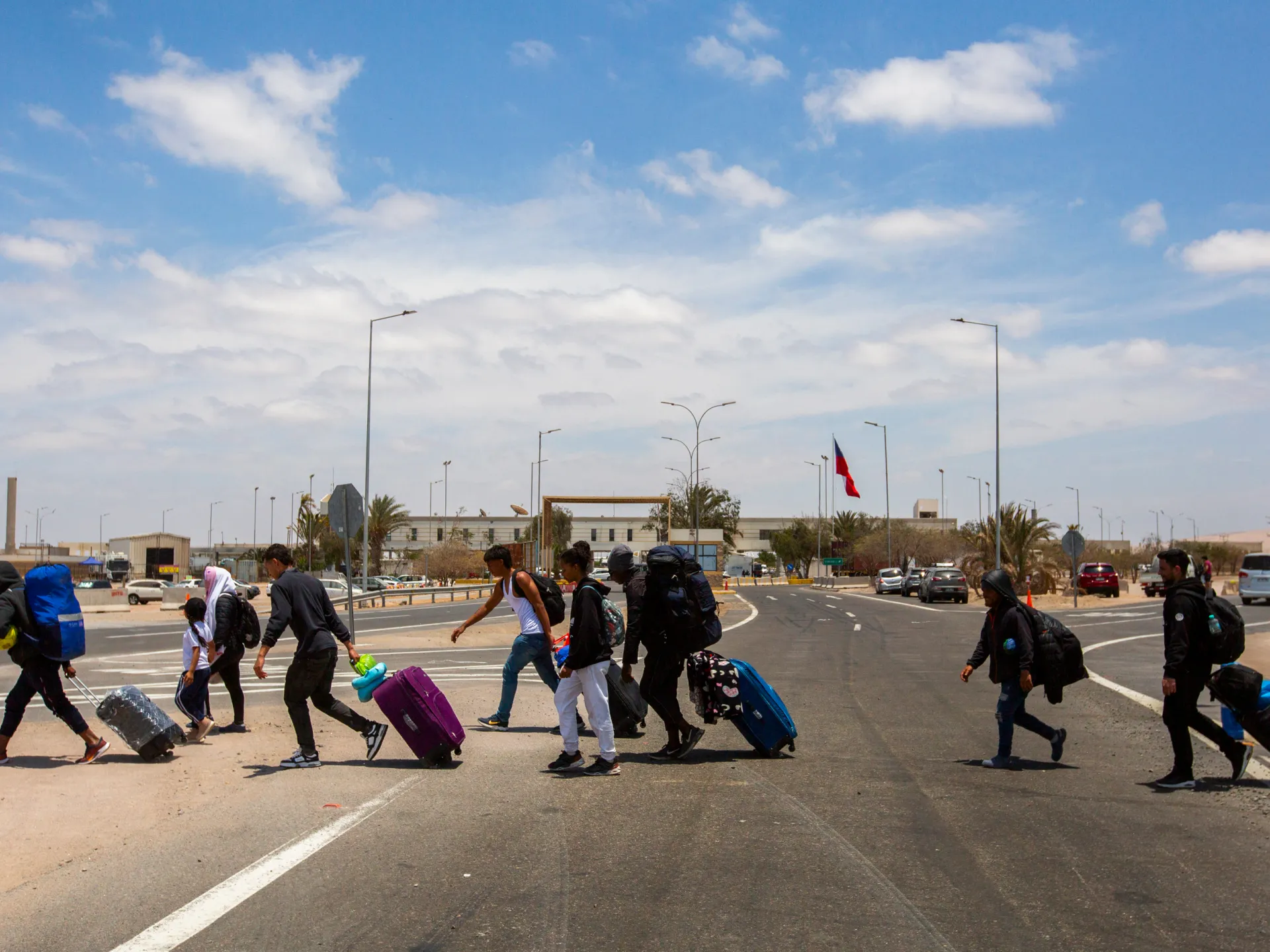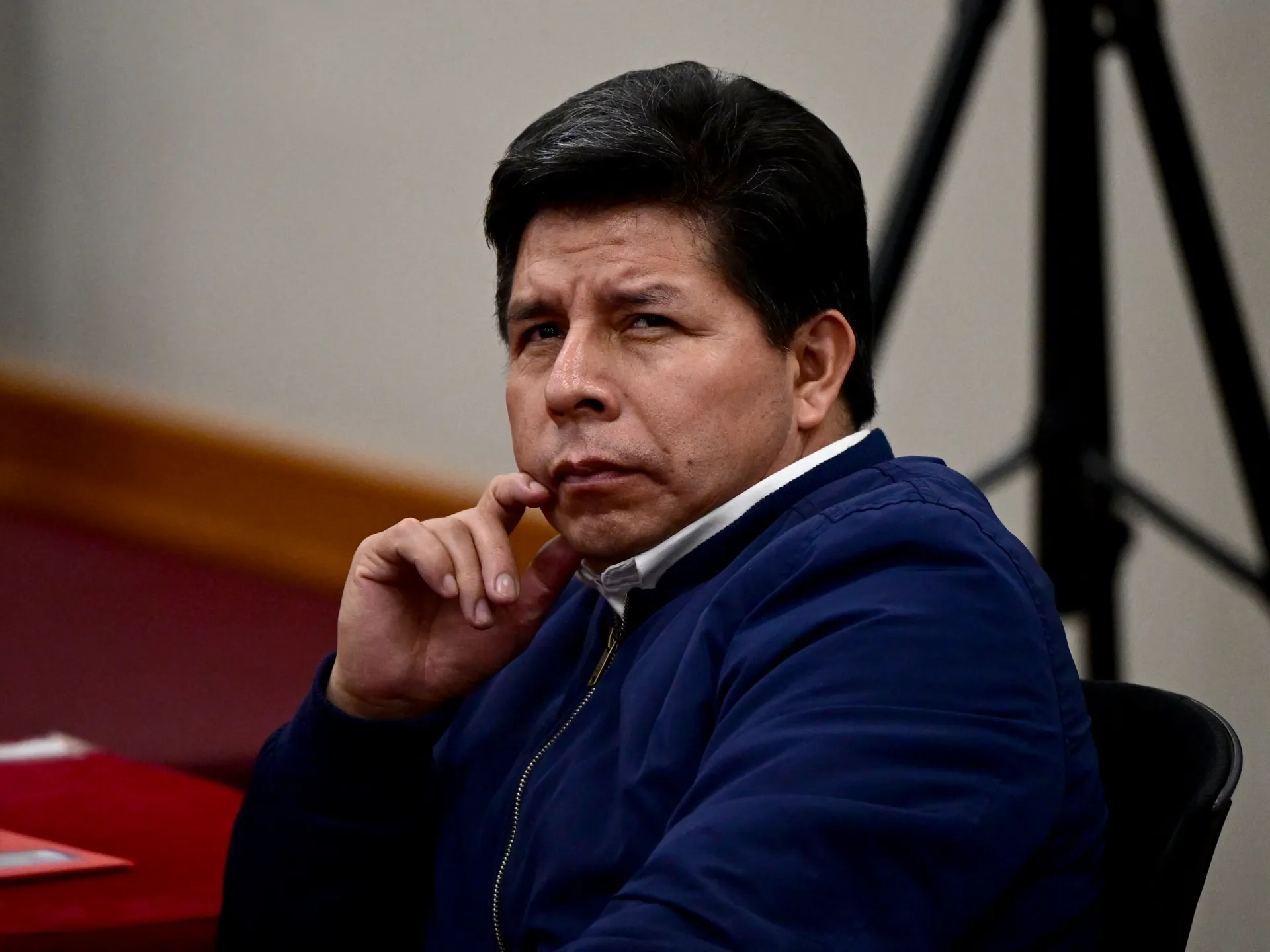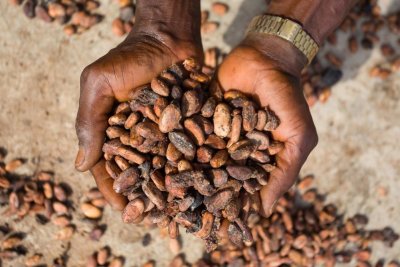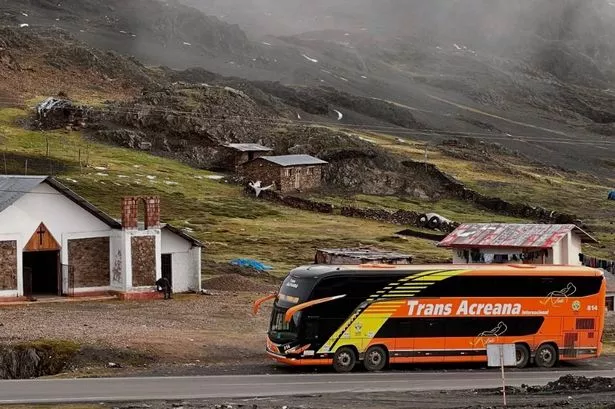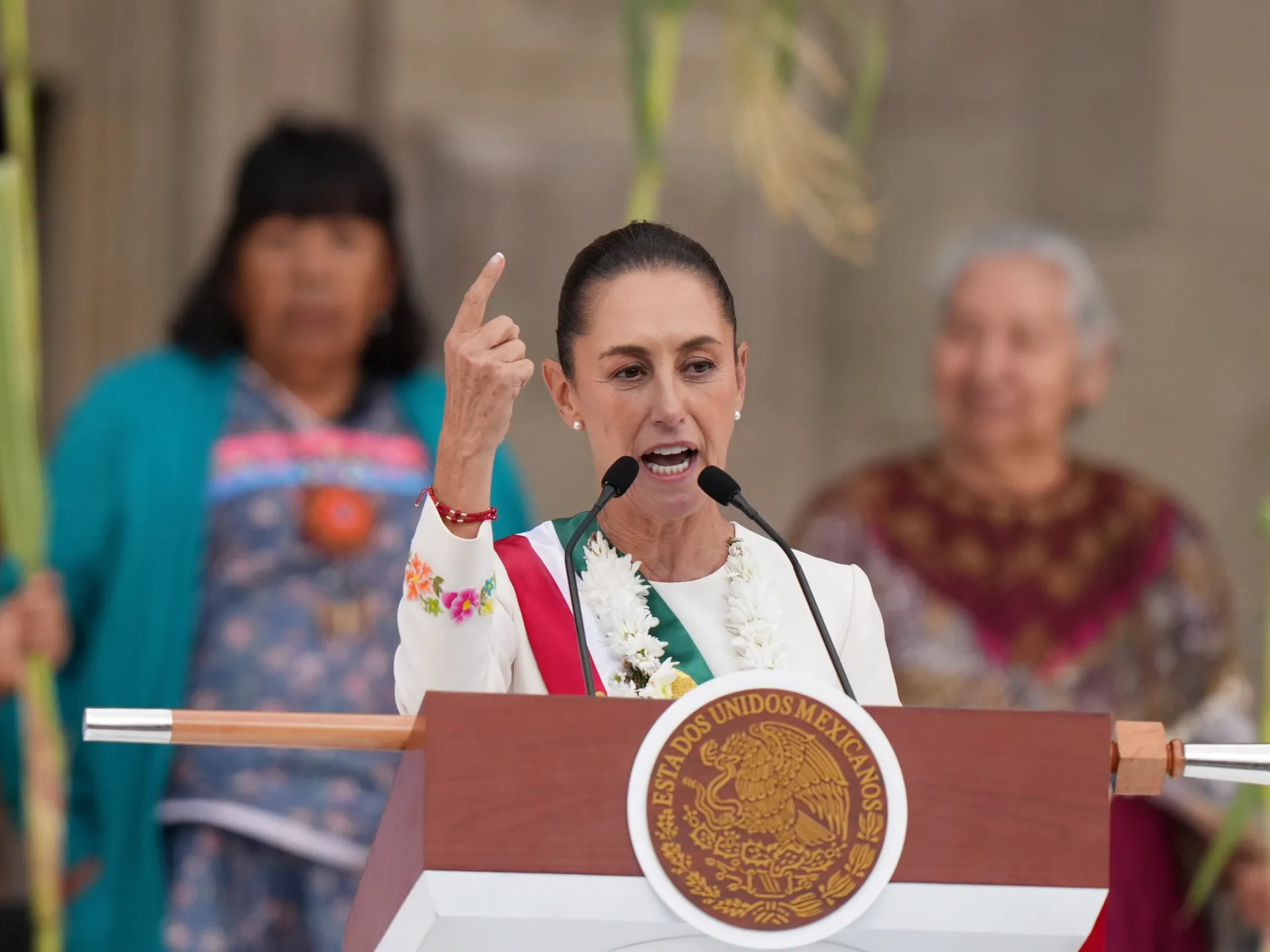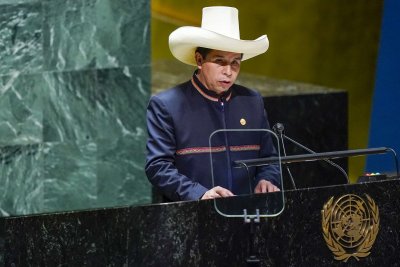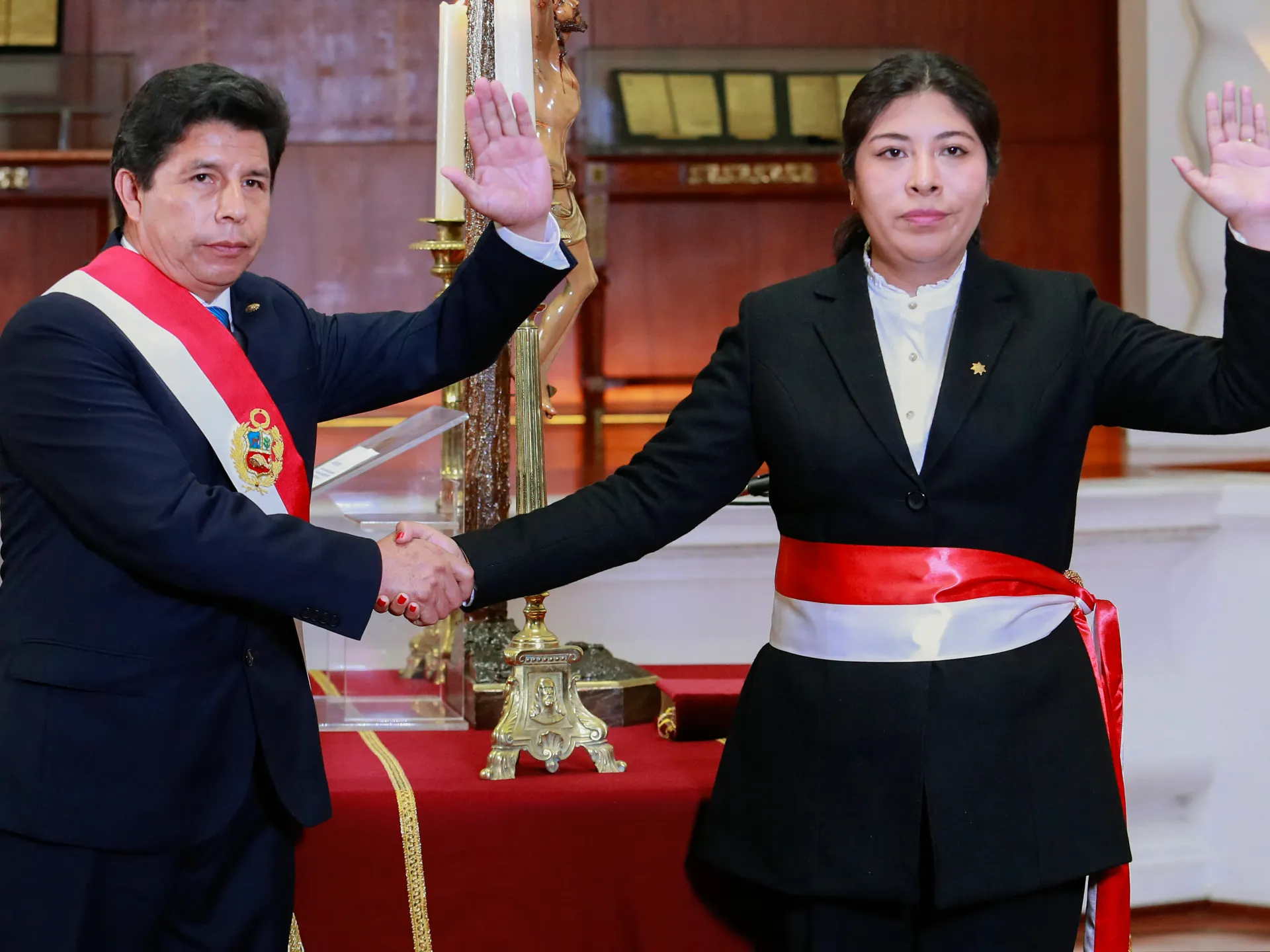The Transoceânica bus provides a direct link between Peru’s capital Lima and Brazil’s Rio de Janeiro, but despite the luxury destinations, the bus’s journey is far from glam
Taking a long bus journey while travelling the globe may not be too uncommon – a brief watch of BBC’s hit Race Across the World shows that.
But nothing comes close to attempting the longest direct route in the world. The journey spans across the width of an entire continent, with passengers travelling as many as 3,900 miles and passing through 30 different cities.
The Transoceânica bus has been described as “brutal” by those who have braved the entire five-day journey between Lima, Peru and Rio de Janeiro, Brazil. But while the two nations are famed for their natural beauty and amazing landscapes, the Transoceânica does little to actually show this.
According to testimonies, the journey is a long slog, as passengers battle for comfort while passing through rather dismal looking areas of both Peru and Brazil. However, to reach the final destination, many travellers say, is entirely worth it.
Passing through some of the most well known cities in Brazil, including Rio and São Paulo, the bus stops at 30 different locations where cleaners hop on board to clean the bus while people stretch their legs. There are various amenities passengers can use while on the bus, including Wi-Fi, filtered water, USB ports and toilets, according to Diario do Comercio.
Costing around 1,300 Brazilian reals (£187) one way, the company claims that the bus — known as a “semi-sleeper” — has soft and comfortable seats. But voyagers who have taken on the challenge themselves have had different things to say about their experience.
YouTuber Noel Philips said his experience was subpar, describing his time on the bus as “absolute hell”. He added that on the bus, it appears that personal space is a virtually non-existent concept.
In a video documenting the trip, Noel said: “Nobody has [headphones]; everyone just plays everything on full blast. And when they can’t hear it above everybody else’s, they just turn theirs up so in the end you just have 15 phones playing different things at 55,000 decibels.”
He added that the journey through Peru was filled with interesting landscapes and phenomenal and breathtaking views. But once they cleared border control and entered Brazil, things became rather repetitive, admitting the route does not exactly show the full breadth of either country’s natural beauty.
As well as this, poor Neil was seen complaining about the constant delays the bus faced as they journeyed through the mountains, complaining at the lack of heating on the bus. They were also beset by delays, as roadworks and slow tankers hampered their progress and risked turning a five-day journey into six.
Meanwhile, one Brazilian traveller documented his own experience on the bus as it passed through the Andes mountains and into the Amazon. He explained that with not much to do, many passengers end up chatting about deep and important topics.
While going through the southwest of Brazil, he spoke with the other passengers, after a debate was struck up about which was the best version of ceviche, one of Peru’s national dishes. Many of the passengers joked their own homemade versions of the dish were better, as the morale between those who were travelling seemed high.
But despite the hefty journey that people undertake to get from one side of South America to the other, the bus does not appear to run all year round. Operated by Brazilian bus company Trans Acreana, a timetable for the bus for the rest of the year or into 2026 seems to not exist.
